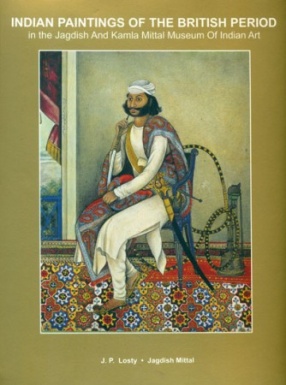
J P Losty

Showing all 8 books


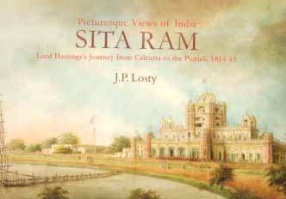
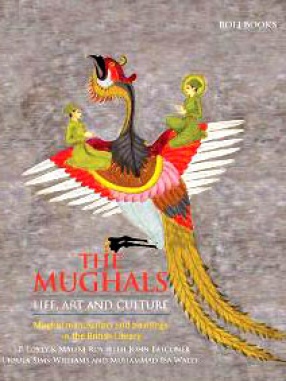
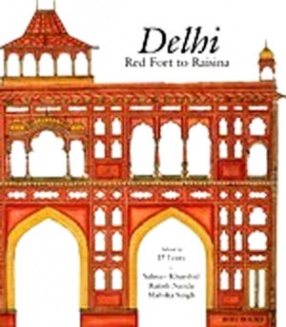

This exceptionally informative and beautifully illustrated catalogue examines the Museum’s holdings of paintings done in India under the British during the late 18th and 19th centuries in style popularly known as company Painting. The high-commissioned the best examples of these paintings in India routinely took them back to England upon their retirement from service in India Despite that obstacle and the reticence of most Indian collectors of miniature ...

Written by Valmiki, a dacoit-turned-sage who lived at the same time as Ram himself, Ramayana follows the path of Ram. From his birth, valorous deeds, winning of the hand of Seeta in marriage, exile and suffering from Ayodhya, battle with Ravan to his final triumphant return to his kingdom as the slayer of the demon of Lanka, this epic is a guide to navigating the complex pathways of life through the inspiration of paramatma taking an avatar to mingle with earthly ...

Lord Hastings’s journal of his travel from Calcutta to the Punjab in 1814-1815, accompanied by watercolour illustrations by Sita Ram, records the events and views of this journey in more than 200 large paintings. Though Sita Ram’s picturesque paintings were a sharp departure from the accurate ‘Company’ views of Indian monuments, they nonetheless revealed his eye for architectural detail.
Taking the readers along as part of Lord ...

A facsimile edition of the much-acclaimed original Mughal India: Art , Culture and Empire, curated by the British Library, London, The Mughals: Life, Art and Culture, brought to Delhi by Roli Books in collaboration with the British Library and IGNCA, showcases an extensive collection of illustrated manuscripts and paintings that depict the splendour and vibrant colour of Mughal life. From scenes of country life, including lively hunting parties and formal ...

Delhi : Red Fort to Raisina traces the journey of Shahjahan's new capital of the Mughal Empire, Shahjahanabad built on the banks of river Yamuna in 1638 to New Delhi the new capital of British-ruled India in 1911. From Red Fort to Jama Masjid and from Jahanara Bagh to Hayat Bakhsh Bagh, every palace, mosque, bazaar, and bagh in the Mughal city was planned to perfection. The new city too, designed in the early twentieth century, was a blend of Mughal architecture ...

Made in 1846, the painting commonly known as ‘The Delhi Panorama’ by the famous topographical artist Mazhar Ali Khan is the finest artistic rendering of Shahjahanabad ever made. It also affords a unique glimpse into the heart of the imperial palace in the Red Fort before much of it was destroyed after the 1857 Uprising. The 360o view of Delhi along with its extraordinary detailing of the cityscape makes the panorama not just an important historical ...

Although the Study of painting under the Great Mughals is one of the most popular topics of Indian art historical research, scant attention has been given to the continuation of this tradition - the paintings and illustrated manuscripts produced at the Delhi court and various regional schools from the reign Bahadur Shah I in 1707 to the end of the reign of Bahadur Shah Zafar in 1858. During this period, the government at Delhi became weaker with multiple ...
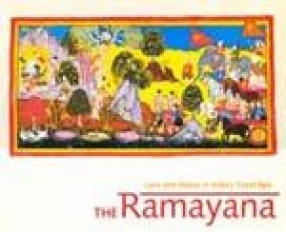
The illustrated Ramayana commissioned by Rana Jagat Singh of Mewar in Rajasthan between 1649 and 1653 and now mostly in the British Library is among the greatest of seventeenth-century Indian manuscripts. The huge scale of the project, with over 400 paintings, allowed the artists to focus on telling the epic story on the grandest scale. Nearly 130 of the paintings are here presented in the book form for the first time, allowing the reader to follow the story ...
